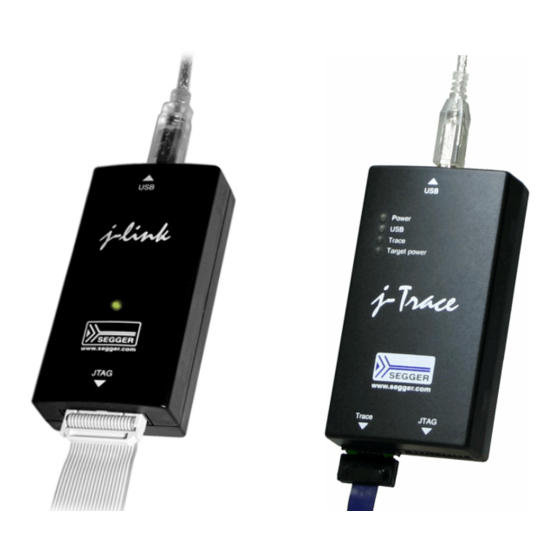
Segger J-Link Manuals
Manuals and User Guides for Segger J-Link. We have 9 Segger J-Link manuals available for free PDF download: User Manual, Reference Manual
Advertisement
Segger J-Link User Manual (368 pages)
Brand: Segger
|
Category: Computer Accessories
|
Size: 3 MB
Table of Contents
SEGGER J-Link User Manual (320 pages)
Brand: SEGGER
|
Category: Computer Accessories
|
Size: 3 MB
Table of Contents
Advertisement
Segger J-Link User Manual (321 pages)
Brand: Segger
|
Category: Microcontrollers
|
Size: 3 MB
Table of Contents
Segger J-Link User Manual (224 pages)
JTAG emulators for ARM Cores
Brand: Segger
|
Category: Controller
|
Size: 2 MB
Table of Contents
Segger J-Link User Manual (206 pages)
JTAG emulators
for ARM Cores
Brand: Segger
|
Category: Terminal Emulator
|
Size: 1 MB
Table of Contents
SEGGER J-Link Reference Manual (64 pages)
Brand: SEGGER
|
Category: Motherboard
|
Size: 0 MB
Table of Contents
Segger J-Link User Manual (4 pages)
Brand: Segger
|
Category: Microcontrollers
|
Size: 0 MB








